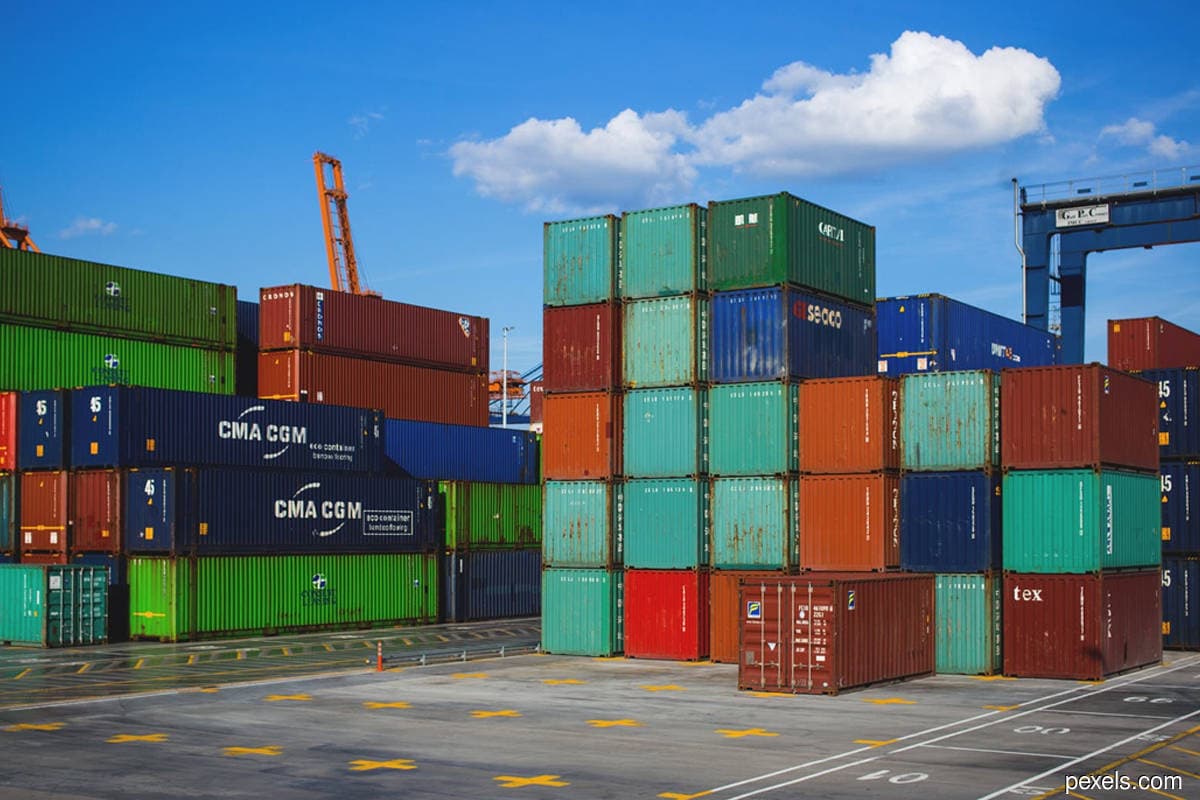
KUALA LUMPUR (March 29) : Malaysia’s strong exports growth in February is expected to continue in the first half of this year, driven by the upward trends in commodity prices and high demand for semiconductor prices.
The Ministry of International Trade and Industry (MITI) said today that Malaysia’s exports jumped 17.6% year-on-year (y-o-y) to RM87.57 billion in February, the strongest y-o-y growth since October 2018, underpinned by higher shipments of electrical and electronic (E&E) products, rubber products and commodity-based products. Imports rose 12.7% y-o-y, the highest growth recorded since June 2018. This caused the trade surplus to jump 41.6% to RM17.86 billion.
In the January to February period, Malaysia's exports rose 11.7% to RM177.19 billion compared with the same two months in 2020, while imports grew 6.6% to RM142.73 billion and total trade expanded 9.4% to RM319.92 billion. The trade surplus climbed 39.8% to RM34.47 billion.
In a note, RHB Research Institute’s senior economist Ahmad Nazmi Idrus said he expects exports to remain high throughout 1H21, as the outlook for both commodities remain elevated in the midst of economic recovery and the return of demand.
“For palm oil, near term support may come from forward purchase for the month of Ramadhan,” he said.
He also said demand for chips is increasing as a result of higher use in multiple products including automotive and communications, leading to recent concerns that semiconductor shortage is affecting production of its downstream products.
“We expect this factor will only keep semiconductor demand at a strong pace for a considerable time. It is estimated that it will take at least several months for the supply chain to increase production capacity, which means that export growth is likely to still remain supported,” he said.
Meanwhile, UOB Global Economics and Markets Research’s economists Julia Goh and Loke Siew Ting said exports growth in February has surpassed their estimates of 6% and Bloomberg's estimates of 7.1%.
“Given the surprised upside in February exports, further signs of global economic recovery and ongoing trade diversion and diversification, we revise our export growth forecast much higher to 15.0% (from 4.0% previously; 2020: -1.4%),” they said.
They opined that a sharp cyclical rebound in China’s economic growth and growing optimism surrounding the US economic outlook, alongside moderate recoveries across Asia, will help drive recovery in global demand this year.
“The technology up-cycle and acceleration in digital transformation should continue to boost demand for Malaysia’s E&E products, alongside other rubber products,” they said.
They noted that Malaysia’s diversified export base and robust trade linkages also play an important role in sustaining the gains in trade, amid lingering uncertainties surrounding the pandemic and geopolitical tensions. “An acceleration in global inoculation programs and reopening of international borders are potential catalysts for the rosier export outlook,” they said.
MIDF Research, on the other hand, is keeping its export and import growth forecast this year at 8.1% and 8.7%. “Malaysia trade performance is expected to rebound in 2021, carrying over the strong momentum in the 2H20, on the back of resumption in activities globally, driven by a return to normalcy in the global supply chain,” it said in a separate note.
It said competitive commodities prices and spare capacity will be an additional impetus to the expected recovery. “Investment appetite is also likely to improve, propelled by better clarity amid vaccine availability. Malaysia will benefit from the strong recovery in our main trading partners China and the US. Vaccine rollout, along with massive fiscal and monetary policy support in major economies, will boost demand,” it added.